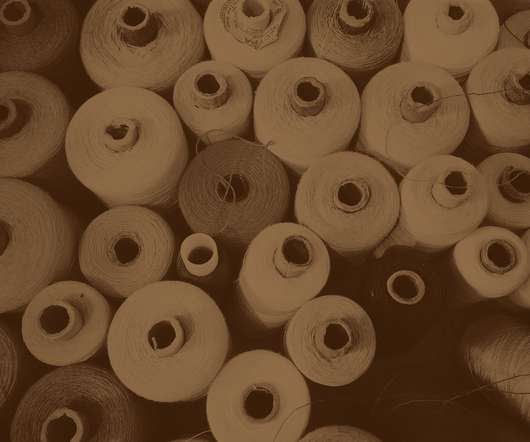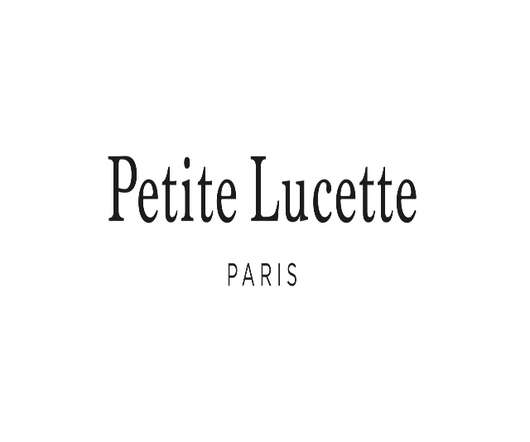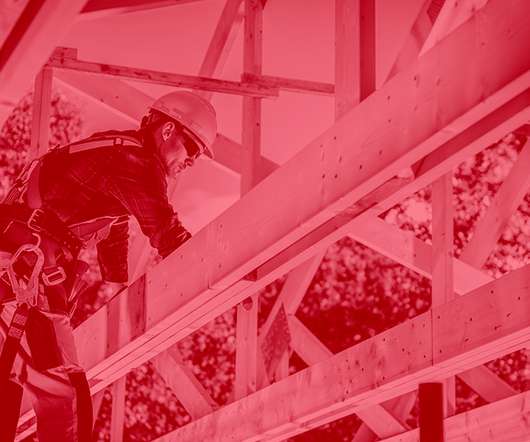Ethical Fashion: 3 Things To Know About Sustainable Clothing Printing
The Environmental Blog
JANUARY 18, 2022
With consumer awareness and consciousness shifting toward sustainable fashion, businesses in the clothing industry began to focus on making brands ethical. However, they’ve been known to produce large volumes of chemicalized wastewater, consequently polluting drainage systems when disposed of. Conclusion.




















Let's personalize your content